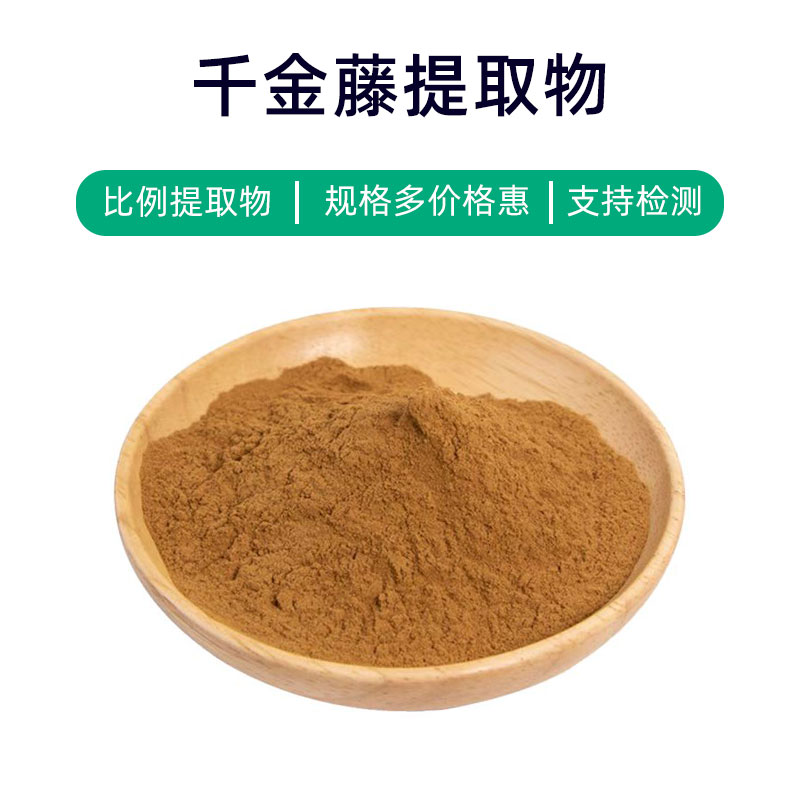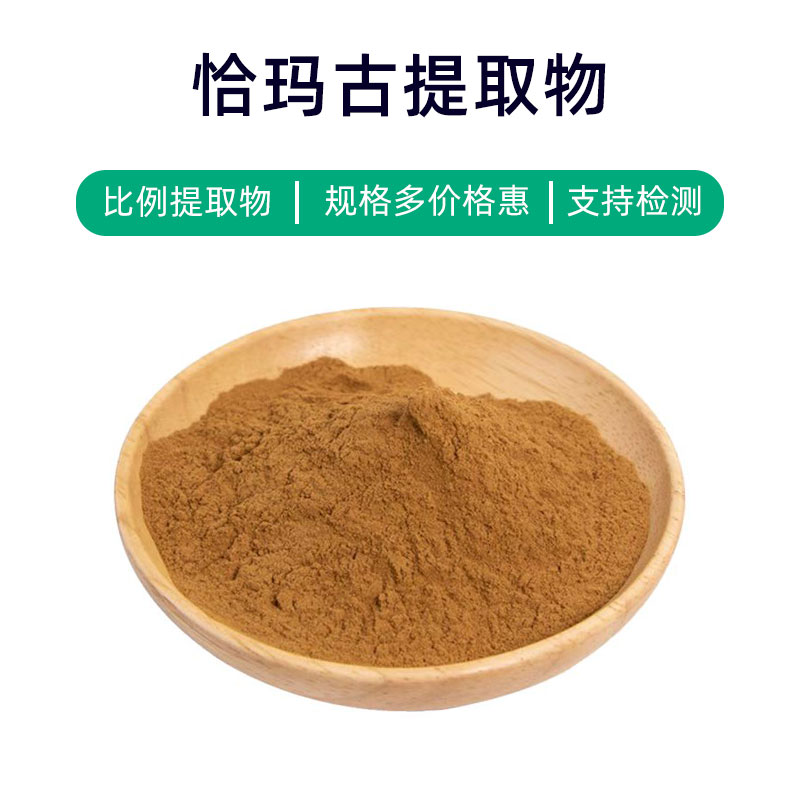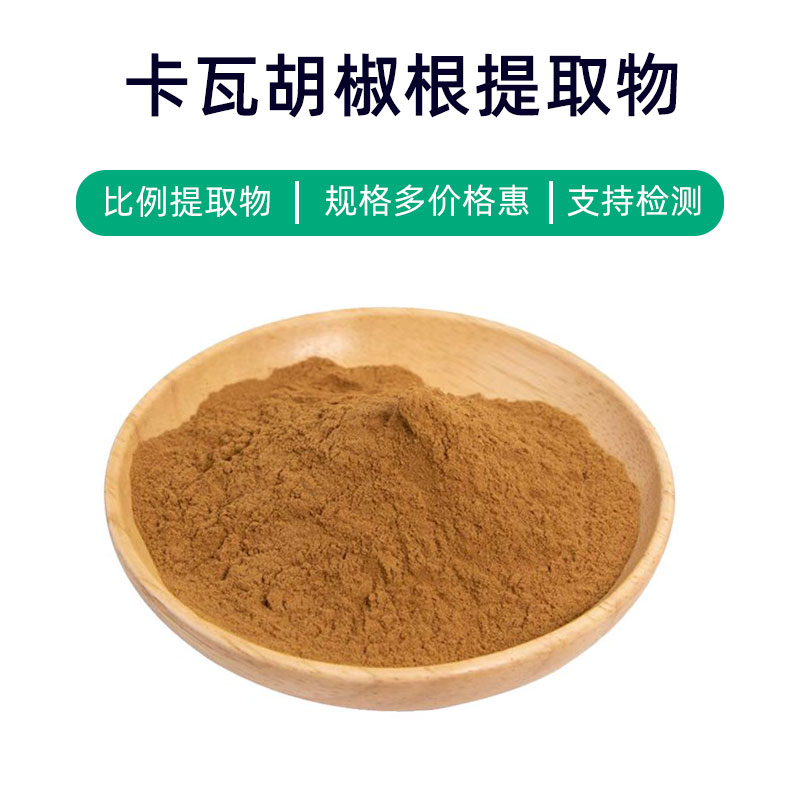Saffron Extract Product Introduction
Saffron extract is a natural plant extract derived from the stigma and anthers of the saffron flower (Crocus sativus). Its main components include pigment compounds, fragrant substances, and flavonoids. These components impart various benefits and applications to saffron extract.
Firstly, saffron extract is rich in pigment compounds such as crocin and picrocrocin, which have significant antioxidant properties that help neutralize free radicals and slow down cellular oxidation and aging processes. Its fragrant components provide a unique aroma, making it suitable for flavoring and enhancing. Additionally, the flavonoids in saffron extract possess anti-inflammatory and antidepressant effects, contributing positively to mood improvement and mental health.
In the medical field, saffron extract is often used in the formulation of medications or dietary supplements to improve cardiovascular health, alleviate depressive symptoms, and regulate moods. In the food industry, it is widely used in flavoring and coloring agents to enhance the taste and color of foods. Moreover, saffron extract is used in cosmetics as an antioxidant and skin-brightening ingredient, helping to keep skin youthful and smooth.
Overall, due to its rich nutritional components and various benefits, saffron extract holds broad application prospects in pharmaceuticals, food, and cosmetics.
Saffron Extract Production Process
The production process of saffron extract typically includes the following steps:
- Harvesting: Choose fresh saffron flowers and harvest them when they bloom. The flowers should be processed immediately to preserve their active components.
- Extraction: The harvested saffron flowers undergo extraction, commonly using methods like water extraction, ethanol extraction, or supercritical CO2 extraction. These methods effectively extract the active components while maintaining their purity and activity.
- Filtration: The extracted liquid is filtered to remove impurities and solid particles, yielding a clear extraction liquid.
- Concentration: The filtered extraction liquid is concentrated, commonly using vacuum concentration or evaporation. This step removes the solvent, forming a dense concentrated liquid or solid extract.
- Drying: The concentrated extract is dried to eliminate moisture, resulting in a dry extract. Drying methods may include spray drying, vacuum drying, or freeze-drying.
- Milling: The dried extract is milled to produce a uniform powdered extract. The milled extract typically has better solubility and stability, facilitating subsequent formulation processing and application.
- Packaging: The milled extract is packaged, usually in sealed containers to prevent moisture or oxidation. Care should also be taken to maintain hygiene during packaging to avoid contamination of the extract.
By following these production steps, high-quality saffron extract can be obtained, preserving its rich active components and benefits for widespread applications in pharmaceuticals, food, and cosmetics.
Saffron Extract Benefits and Side Effects
Saffron extract provides various benefits and effects, which primarily include the following aspects:
- Antioxidant Effects: Saffron extract is rich in antioxidants such as flavonoids and anthocyanins, which can eliminate free radicals in the body, reduce oxidative stress, and protect cells from oxidative damage.
- Anti-inflammatory Effects: Saffron extract contains multiple active components with anti-inflammatory properties that can inhibit the occurrence and progression of inflammatory responses, alleviating symptoms of inflammation-related diseases such as arthritis and dermatitis.
- Antidepressant Effects: Studies show that certain components in saffron extract have antidepressant effects, helping to regulate neurotransmitter levels, improve mood, and alleviate symptoms of depression and anxiety.
- Cardiovascular Protection: Saffron extract can lower blood lipids and improve blood circulation, which helps prevent cardiovascular diseases such as hypertension and atherosclerosis.
- Anti-cancer Effects: Some studies indicate that the components in saffron extract exhibit anti-tumor properties, inhibiting tumor cell proliferation and metastasis, thus helping to prevent and treat certain cancers.
- Immune Modulation: Saffron extract can modulate the immune system's function, enhancing the body's immunity and resistance to infections and diseases.
- Digestive Promotion: Saffron extract has certain digestive-promoting effects, increasing gastric juice secretion, enhancing appetite, and improving digestive functions, which can help alleviate digestive issues.
- Beauty and Skin Care: Saffron extract is rich in vitamins and antioxidants, protecting the skin from UV rays and environmental pollutants, slowing down skin aging, and maintaining skin health and youthfulness.
Despite the numerous benefits of saffron extract, it's important to consider individual differences and the principle of moderation during use to avoid potential side effects from excessive or prolonged usage. Pregnant women, nursing mothers, and individuals with serious illnesses should use it under medical supervision to prevent adverse reactions.
Saffron Extract Application Scenarios and Dosage
Saffron extract has a broad range of applications in pharmaceuticals, food, and cosmetics. Below are the application scenarios, dosage, and usage in these areas:
- Pharmaceutical Applications:
- Uses: Saffron extract is commonly used for treating various diseases, such as cardiovascular diseases, digestive system disorders, and neurological conditions.
- Dosage: Typically taken orally, it can be part of traditional herbal formulations or used alone. The general recommendation is 2-3 times a day, with each dose ranging from 5-10 grams, or adjust according to medical advice.
- Food Applications:
- Uses: Saffron extract is often used as a food additive to impart flavor, color, and nutritional value to products like bread, pastries, and beverages.
- Dosage: Usually added to food in either powdered or liquid form, the amount is typically small and can vary according to the food type and personal taste.
- Cosmetics Applications:
- Uses: Saffron extract is frequently used in cosmetics for its moisturizing, antioxidant, spot-reducing, and skin brightening effects, commonly found in masks, skincare products, and shampoos.
- Dosage: It can be directly added to skincare products or used in essence or tincture form. Dosage should generally follow product instructions.
Saffron extract has promising market potential and wide applications in the pharmaceutical, food, and cosmetic industries. However, attention should still be paid to product quality and dosage, adhering to relevant regulations and standards to ensure safety and efficacy.
Saffron Plant Source, Distribution, and Growing Environment
Saffron (scientific name: Crocus sativus) is a perennial herb belonging to the Iridaceae family and Crocus genus, and it is one of the most expensive spices in the world. Below is an introduction to the saffron plant source, distribution, and growing environment.
- Source Plant Characteristics:
- The saffron plant is characterized by its low herbaceous nature, typically growing to about 10-30 centimeters in height.
- The plant consists of corms (bulbs) that are spherical and covered by several layers of leaf sheaths.
- The leaves are long, linear, forming flat sheaths at the base, with flower stalks emerging from these sheath-like leaves.
- The saffron flowers are funnel-shaped and generally range in color from deep purple to light purple, with slender petals and three anthers.
- Distribution:
- Saffron is native to the Western Asia region, mainly distributed in countries like Turkey, Iran, Greece, and Spain.
- Besides its native regions, saffron has been cultivated in other countries, including India, China, and Morocco.
- Growing Environment:
- Soil: Saffron prefers well-drained, loose, and fertile soil, ideally sandy loam.
- Climate: Saffron is adaptable, thriving in warm and dry climates with a high demand for sunlight.
- Altitude: Saffron can grow at various altitudes, from low to mid-elevation areas, but does not tolerate cold and humid conditions well.
The growing environment and distribution of saffron are mainly influenced by factors such as soil, climate, and altitude. A suitable growing environment ensures healthy plant growth and the production of high-quality stigmas, thus yielding premium saffron spice.
Saffron Extract Processing and Storage
The processing and storage of saffron extract are vital; below is relevant information:
- Processing:
- Saffron extract is typically obtained from the processing of fresh flowers, starting with hand-harvesting the blooms.
- After harvesting, the flowers need to undergo drying or low-temperature drying procedures to preserve their color and aroma.
- Following that, the dried flowers are extracted, commonly through water or alcohol extraction methods.
- Storage:
- Saffron extract should be stored in a dry, cool environment, away from direct sunlight and moisture.
- It is best to keep the extract in sealed containers to prevent air and moisture from affecting its quality and stability.
- Additionally, avoid contact with harmful chemicals to prevent chemical reactions that could compromise the extract's quality.
Correct processing and storage methods can ensure the quality and stability of saffron extract, extend its shelf life, and ensure its effectiveness in pharmaceuticals, food, or cosmetics.
Monica Sun is a seasoned expert in the plant extraction industry with over a decade of experience in research and production. She specializes in the extraction and purification of plant active ingredients, focusing on driving innovation in natural product applications. Monica has participated in the development of multiple functional plant extracts, delivering high-value natural raw material solutions for the health food, pharmaceutical, and dietary supplement sectors.


















